

| Cruise Region : Northern Europe, Europe |
| Company : Azamara Cruises |
| Ship : Azamara Journey |
| Journey Start : Mon 27 Jul 2026 |
| Journey End : Sat 08 Aug 2026 |
| Count Nights : 12 nights |
| Day | Date | Port | Arrival | Departure |
|---|---|---|---|---|
| 1 | 27.07 Mon | Copenhagen / Denmark | 18:00 | |
| 2 | 28.07 Tue | Gothenburg / Sweden | 08:00 | 22:00 |
| 3 | 29.07 Wed | Skagen / Denmark | 08:00 | 18:00 |
| 4 | 30.07 Thu | Oslo / Norway | 08:00 | 22:00 |
| 5 | 31.07 Fri | Arendal / Norway | 09:00 | 17:00 |
| 6 | 1.08 Sat | Haugesund / Norway | 08:00 | 20:00 |
| 7 | 2.08 Sun | Eidfjord / Norway | 08:00 | 22:00 |
| 8 | 3.08 Mon | Day at sea / Sea | ||
| 9 | 4.08 Tue | Torshavn / Faroe Islands | 08:00 | 22:00 |
| 10 | 5.08 Wed | Runavík Runavík / Faroe Islands | 08:00 | 20:00 |
| 11 | 6.08 Thu | Day at sea / Sea | ||
| 12 | 7.08 Fri | Heimaey / Iceland | 08:00 | 18:00 |
| 13 | 8.08 Sat | Reykjavik / Iceland | 06:00 |
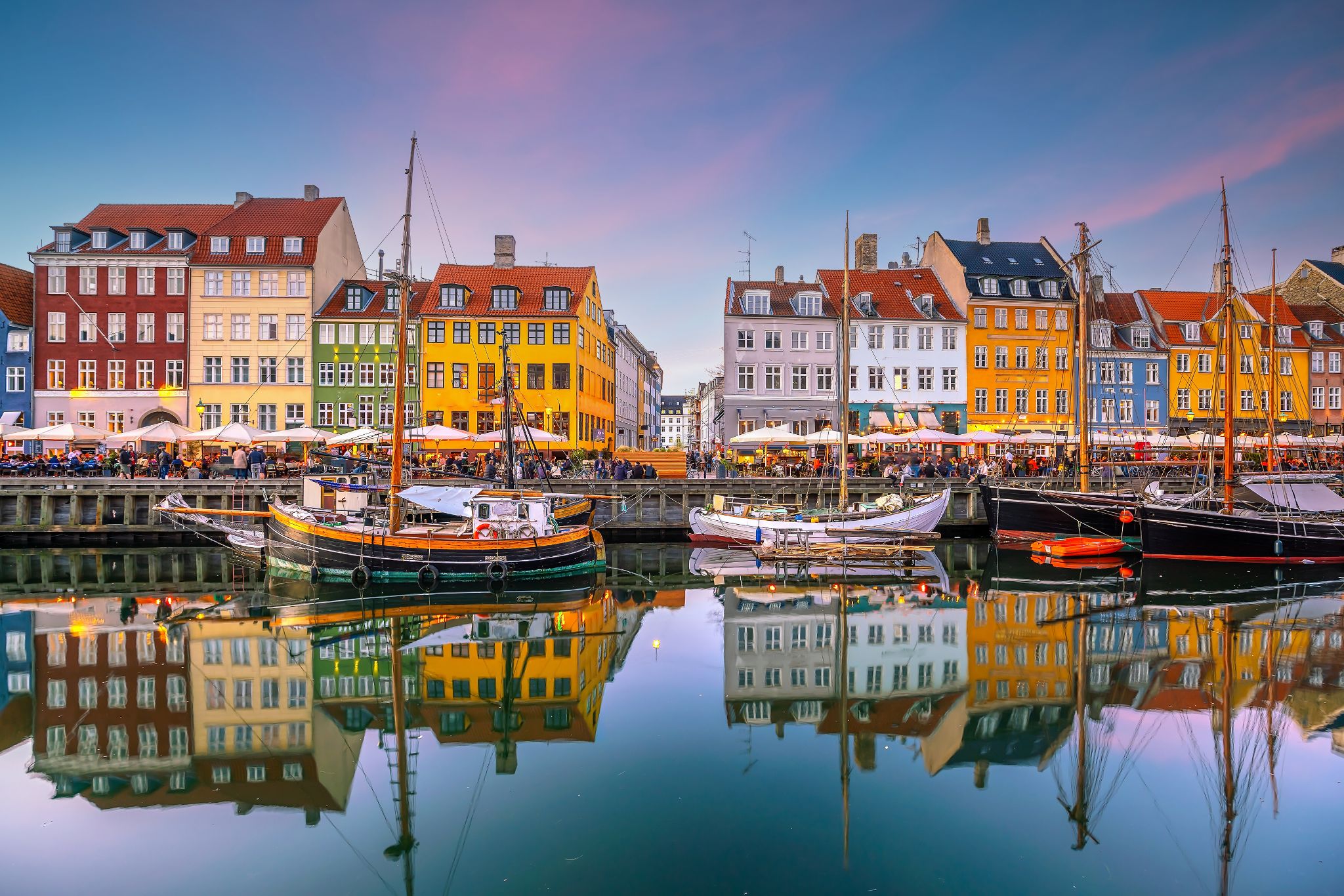
the capital and chief port of Denmark, a city that occupies the eastern part of Zealand and northern part of the island of Amager; population 518,574 (2009).
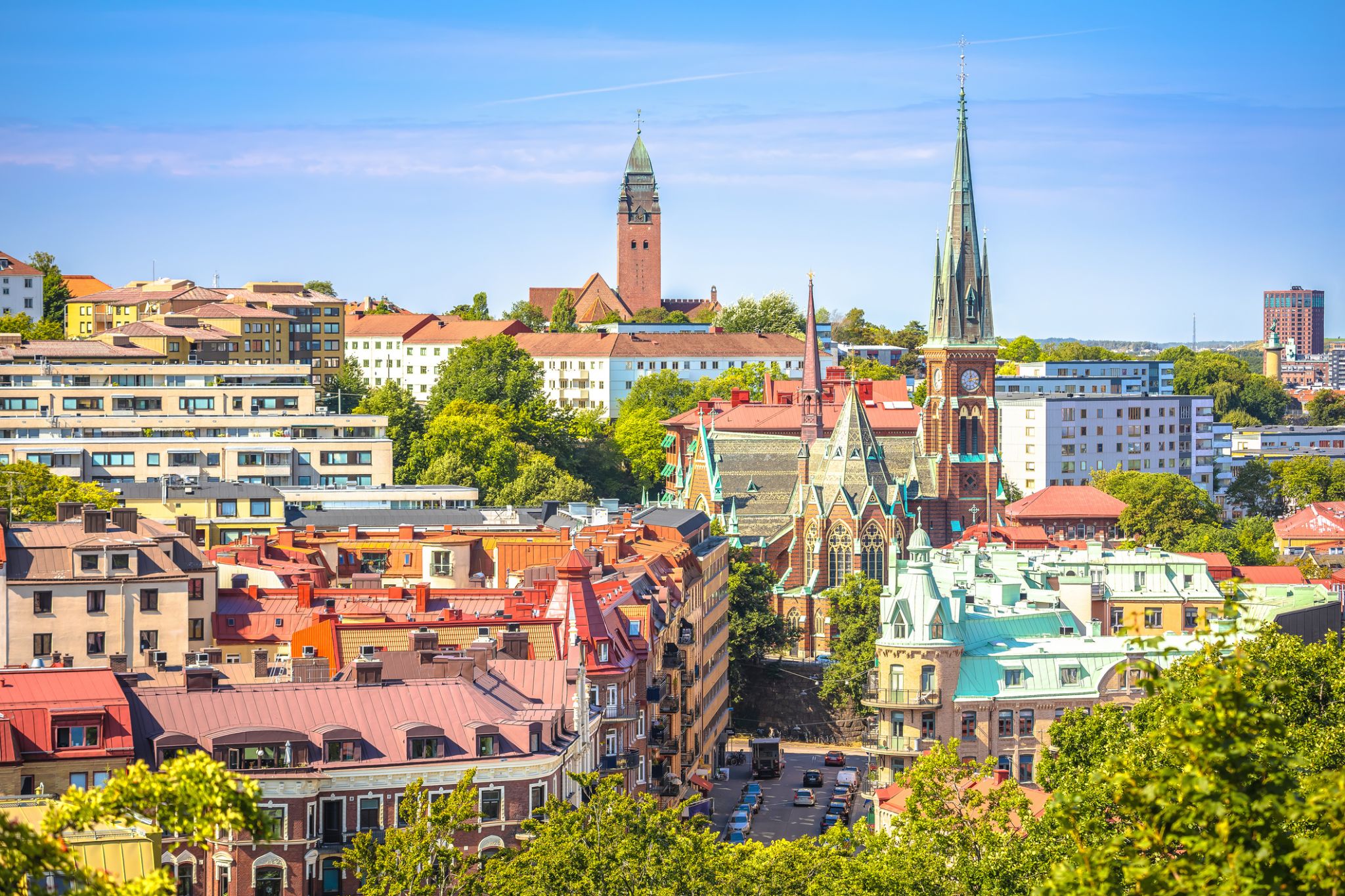
Gothenburg is the second-largest city in Sweden, fifth-largest in the Nordic countries, and capital of the Västra Götaland County. It is situated by Kattegat, on the west coast of Sweden, and has a population of approximately 570,000 in the city center and about 1 million inhabitants in the metropolitan area.
Gothenburg was founded as a heavily fortified, primarily Dutch, trading colony, by royal charter in 1621 by King Gustavus Adolphus. In addition to the generous privileges (e.g. tax relaxation) given to his Dutch allies from the then-ongoing Thirty Years' War, the king also attracted significant numbers of his German and Scottish allies to populate his only town on the western coast. At a key strategic location at the mouth of the Göta älv, where Scandinavia's largest drainage basin enters the sea, the Port of Gothenburg is now the largest port in the Nordic countries.
Gothenburg is home to many students, as the city includes the University of Gothenburg and Chalmers University of Technology. Volvo was founded in Gothenburg in 1927. The original parent Volvo Group and the now separate Volvo Car Corporation are still headquartered on the island of Hisingen in the city. Other key companies are SKF and Astra Zeneca.
The city hosts the Gothia Cup, the world's largest youth football tournament, alongside some of the largest annual events in Scandinavia. The Gothenburg Film Festival, held in January since 1979, is the leading Scandinavian film festival with over 155,000 visitors each year. In summer, a wide variety of music festivals are held in the city, including the popular Way Out West Festival.
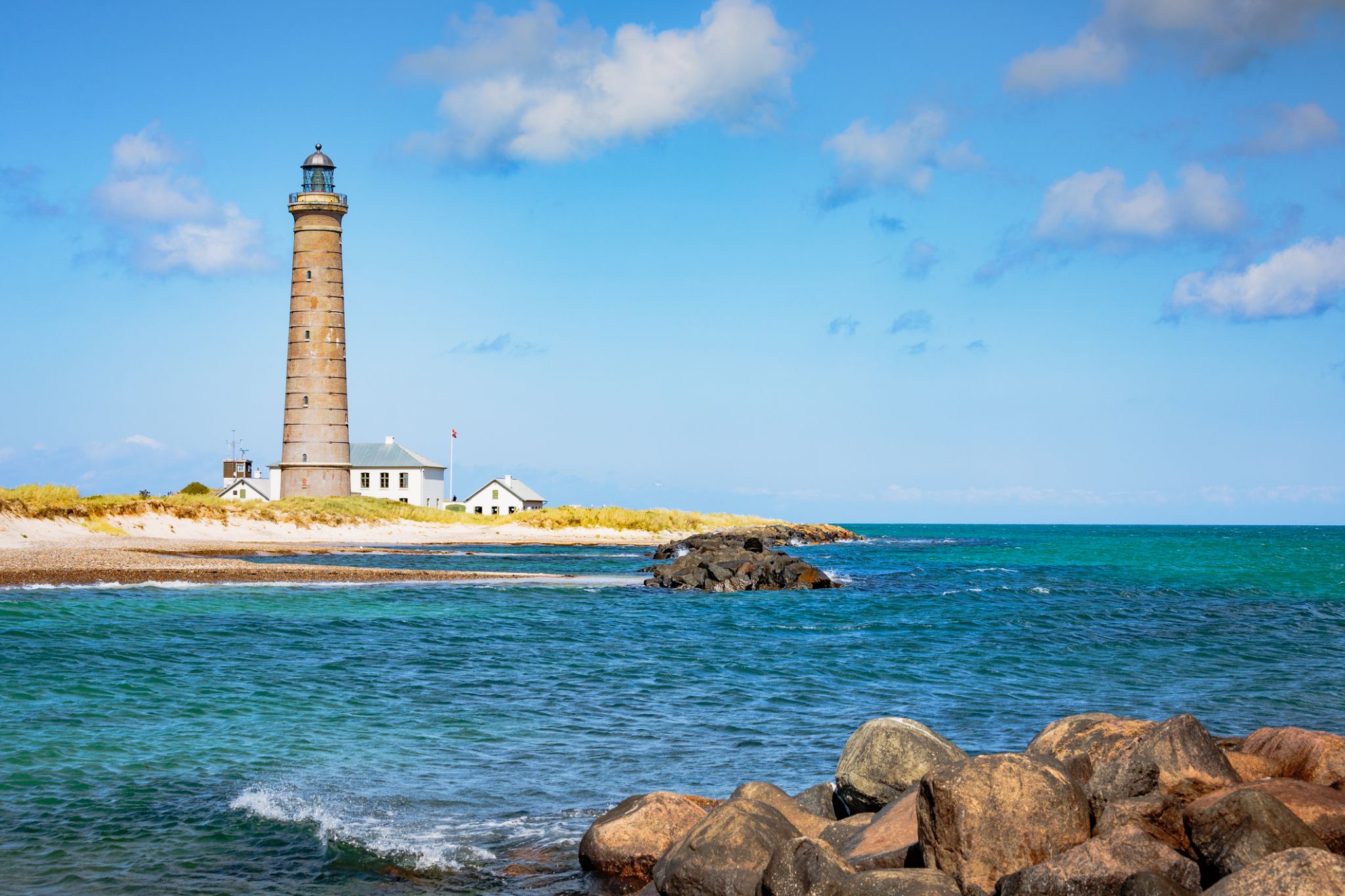
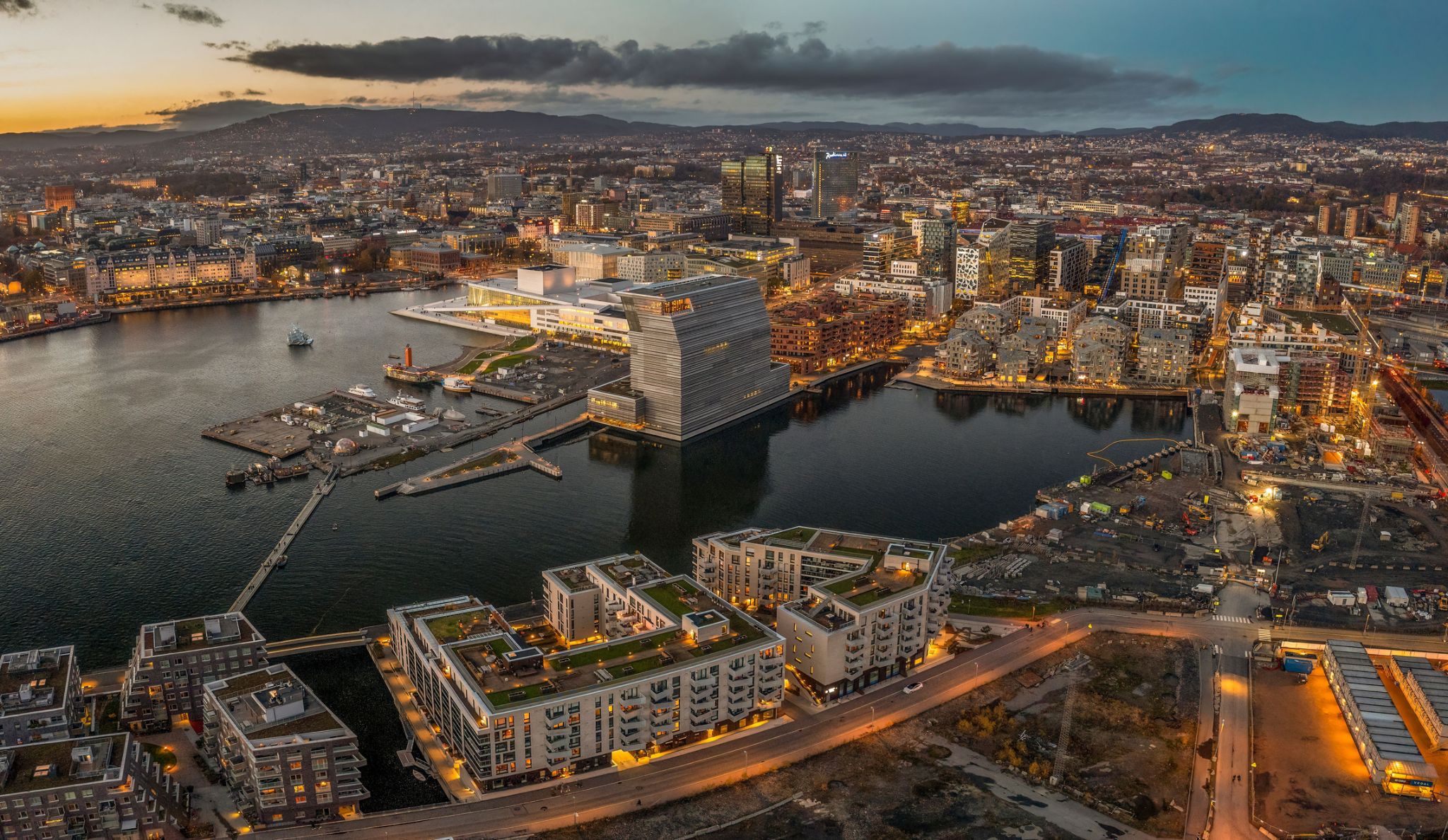
Oslo is the capital and most populous city of Norway. It constitutes both a county and a municipality. Founded in the year 1040 as Ánslo, and established as a trading place in 1048 by Harald Hardrada, the city was elevated to a bishopric in 1070 and a capital under Haakon V of Norway around 1300. Personal unions with Denmark from 1397 to 1523 and again from 1536 to 1814 reduced its influence, and with Sweden from 1814 to 1905 it functioned as a co-official capital. After being destroyed by a fire in 1624, during the reign of King Christian IV, a new city was built closer to Akershus Fortress and named Christiania in the king's honour. It was established as a municipality on 1 January 1838. The city's name was spelled Kristiania between 1877 and 1897 by state and municipal authorities. In 1925 the city was renamed Oslo.
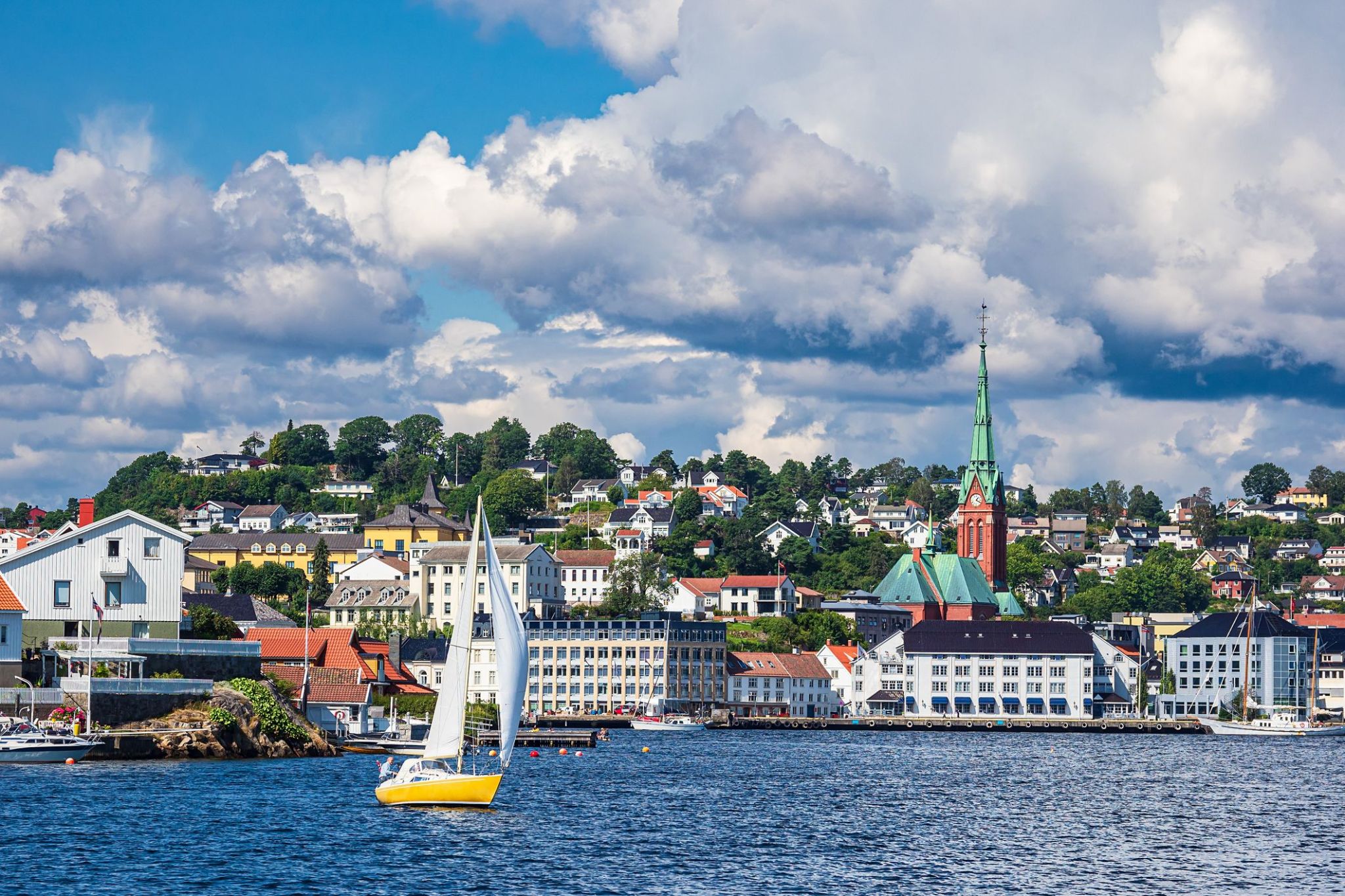
Nestled along the southern coast of Norway, Arendal charms with its cozy maritime atmosphere and historic Scandinavian appeal. This picturesque port town, famous for its colorful wooden houses and narrow streets, is perfect for leisurely strolls and discovering the Norwegian way of life. The Trefoldigheten district, one of the oldest residential areas, features houses dating back to the 18th century.
Arendal also draws visitors with its maritime festivals, museums, and opportunities to explore the nearby archipelago by boat. During summer, the city comes alive with yachts, outdoor cafes, and open-air exhibitions, creating a warm and welcoming vibe. It is a place where nature, history, and modern life blend harmoniously, offering tourists a genuine cultural experience.
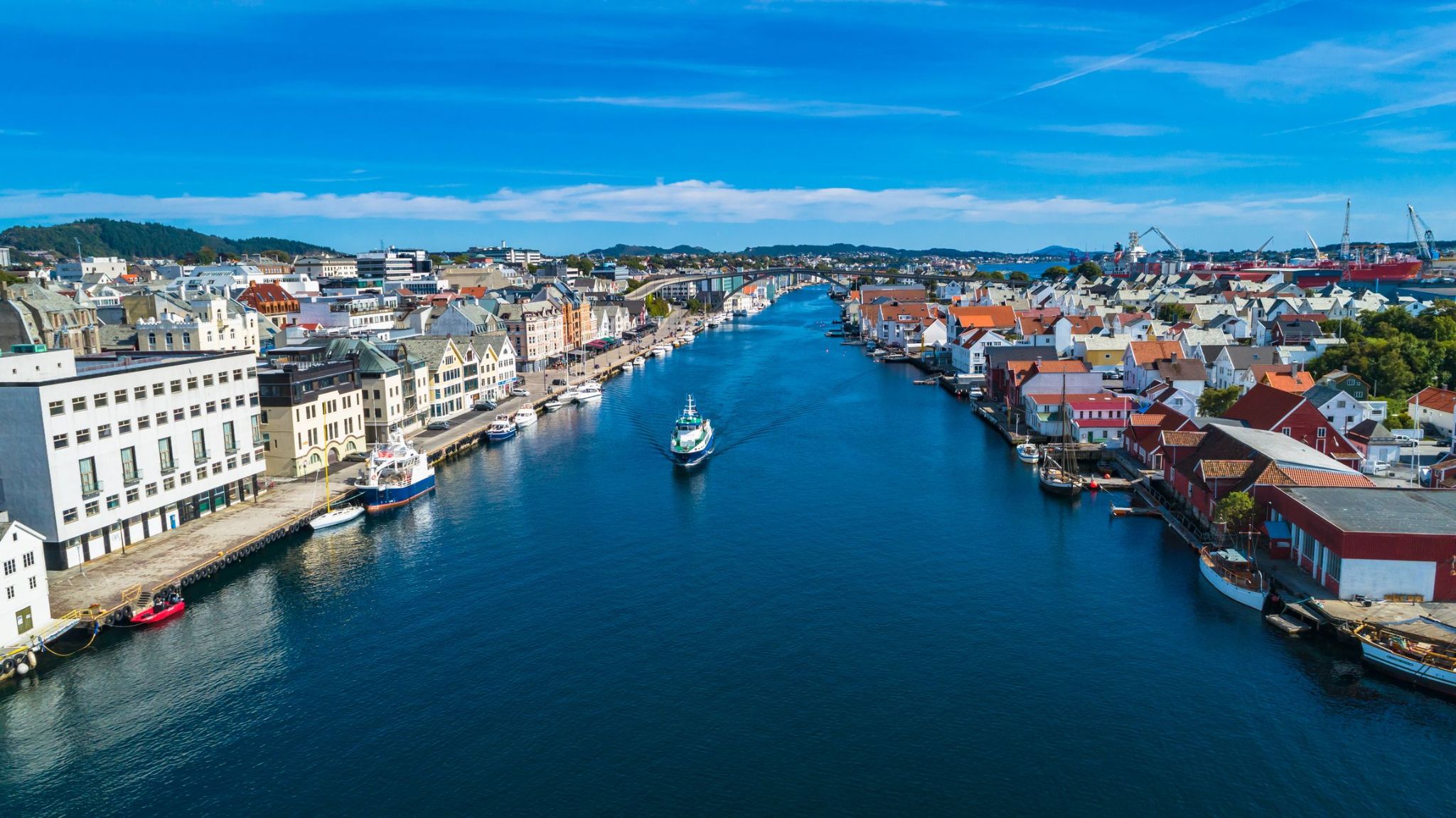
The cozy town of Haugesund on Norway's southwest coast welcomes visitors with fresh sea air and the true atmosphere of the Norwegian coast. Here, the stories of the Vikings come alive: it was near Haugesund that important trade routes once passed, and nearby stands the Haraldshaugen monument, erected in honor of Norway’s first king. The town’s streets are filled with cozy cafes, boutiques, and galleries, while the pier with white boats and fishermen’s houses invites you to enjoy peaceful seaside walks.
Every year, Haugesund hosts film festivals, maritime celebrations, and music events, keeping the town lively and warm. It’s the perfect place to discover Norwegian traditions, taste fresh seafood straight from the fishing boats, and take a walk along the North Sea coast, enjoying views of green hills and cliffs diving into the ocean.
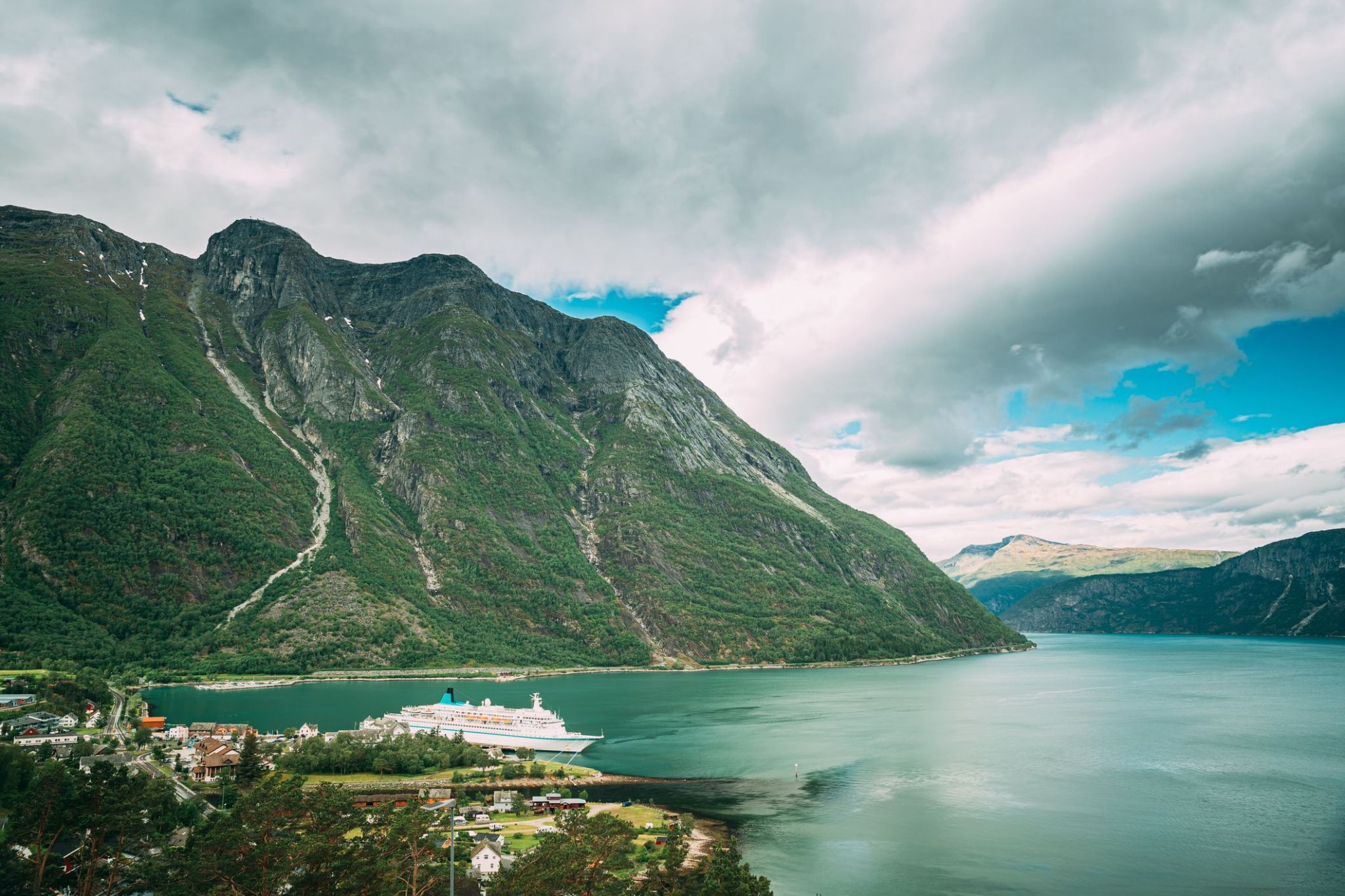
Nestled where majestic fjords meet towering mountains, this tranquil destination offers visitors a perfect blend of natural beauty and cultural charm. Eidfjord is known as a gateway to the Hardangerfjord, one of Norway’s most stunning fjord landscapes, celebrated for its crystal-clear waters, cascading waterfalls, and vibrant local traditions.
Adventure seekers and nature lovers will find plenty to explore in Eidfjord, from hiking trails leading to breathtaking viewpoints, to boat tours that reveal the fjord’s dramatic cliffs. The nearby Vøringfossen waterfall, one of Norway’s highest, provides a spectacular sight, while the village itself offers cozy accommodations and warm hospitality that invite guests to unwind and soak in the peaceful surroundings.

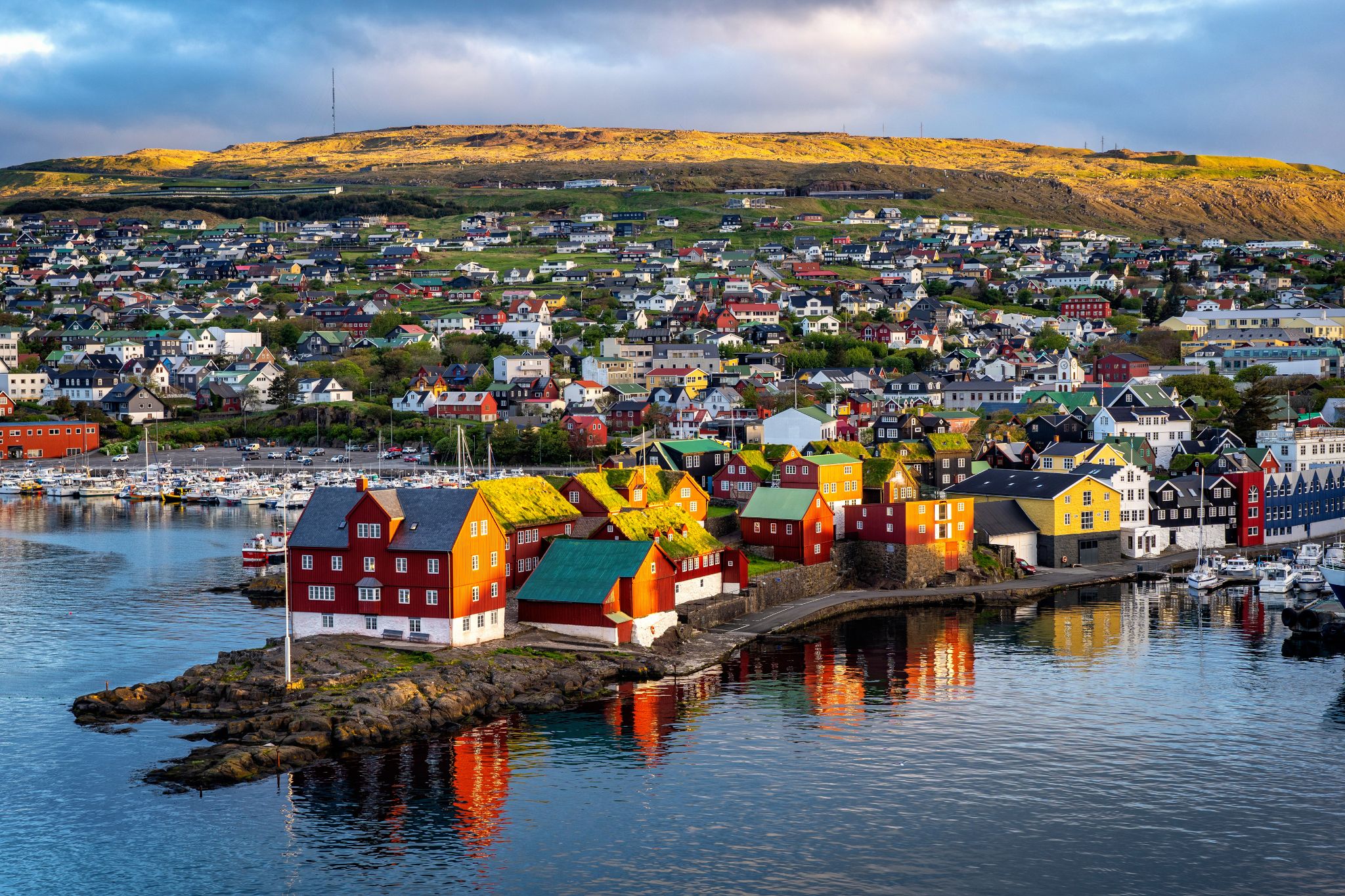
Tórshavn is the capital and largest town of the Faroe Islands. Tórshavn is in the southern part on the east coast of Streymoy. To the northwest of the city lies the 347-meter-high (1,138 ft) mountain Húsareyn, and to the southwest, the 350-meter-high (1,150 ft) Kirkjubøreyn. They are separated by the Sandá River. The town proper has a population of 13,089 (2017), and the greater urban area a population of 21,000.
The Norse established their parliament on the Tinganes peninsula in AD 850.[3] Tórshavn thus became the capital of the Faroe Islands and has remained so ever since. All through the Middle Ages the narrow peninsula jutting out into the sea made up the main part of Tórshavn. Early on, Tórshavn became the centre of the islands' trade monopoly, thereby being the only legal place for the islanders to sell and buy goods. In 1856, the trade monopoly was abolished and the islands were left open to free trade.



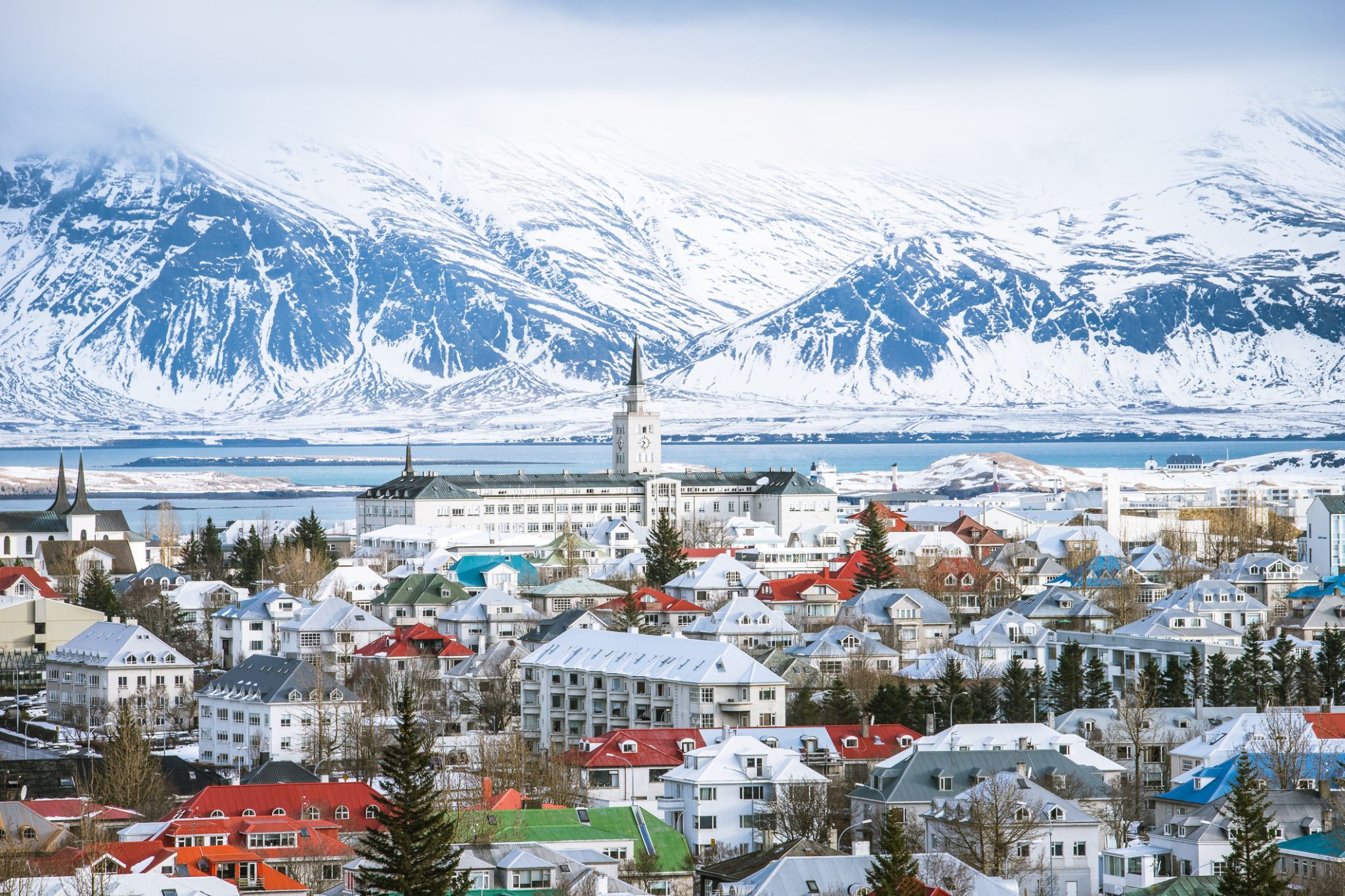
Reykjavík is the capital and largest city of Iceland. It is located in southwestern Iceland, on the southern shore of Faxa Bay. Its latitude is 64°08' N, making it the world's northernmost capital of a sovereign state. With a population of around 123,300 (and over 216,940 in the Capital Region), it is the heart of Iceland's cultural, economic and governmental activity, and is a popular tourist destination.
Reykjavík is believed to be the location of the first permanent settlement in Iceland, which, according to Ingólfr Arnarson, was established in AD 874. Until the 19th century, there was no urban development in the city location. The city was founded in 1786 as an official trading town and grew steadily over the following decades, as it transformed into a regional and later national centre of commerce, population, and governmental activities. It is among the cleanest, greenest, and safest cities in the world.